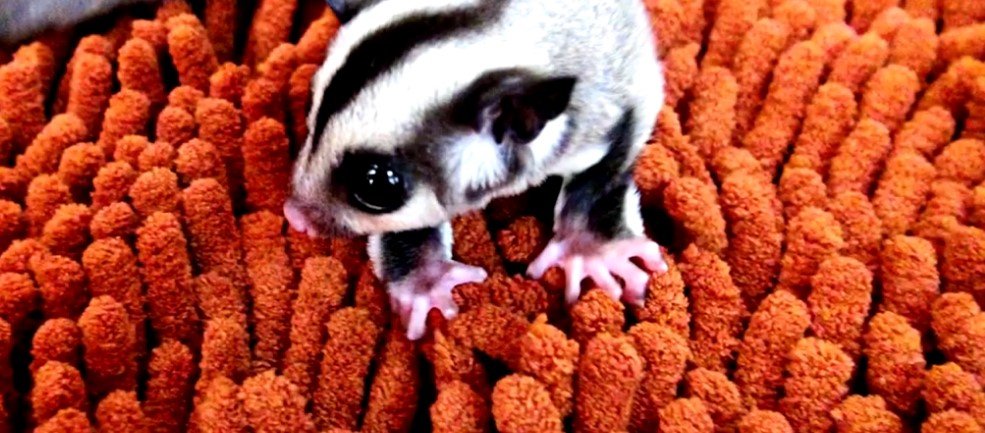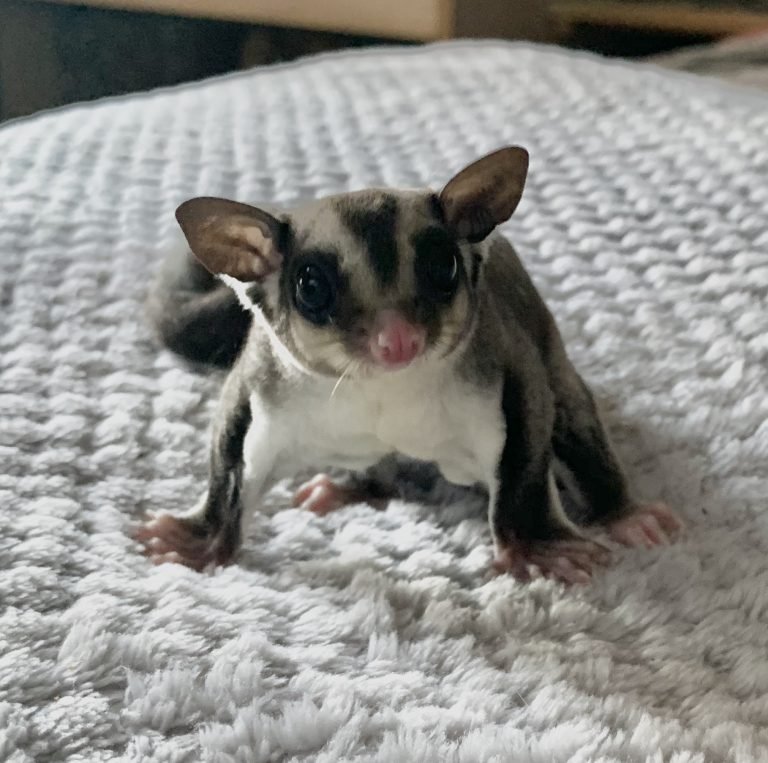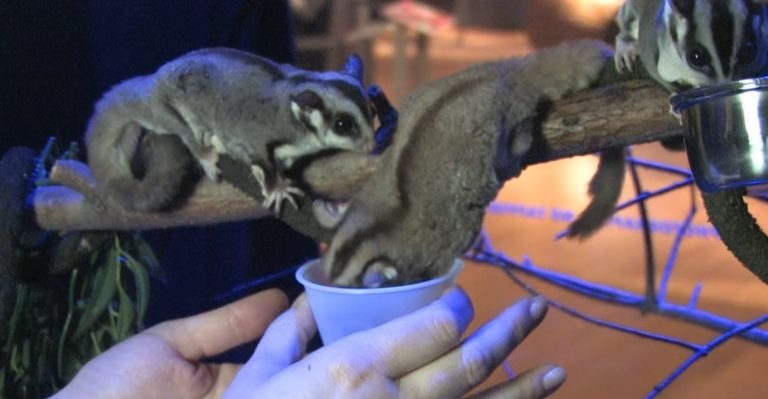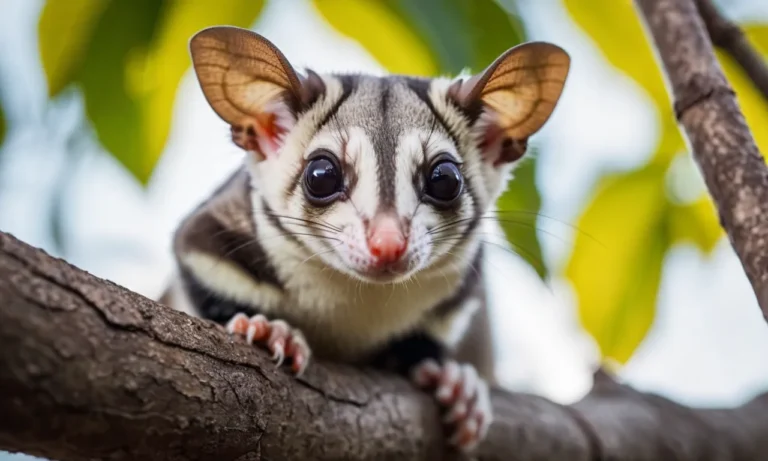Are Sugar Gliders Extinct
Are Sugar Gliders Extinct?
Sugar gliders are small, nocturnal marsupials native to Australia, New Guinea, and Indonesia. Known for their adorable appearance and playful nature, sugar gliders have become popular pets all around the world. However, there are concerns about their conservation status. In this article, we will explore whether sugar gliders are extinct or not, and delve into the current state of their population.
The Sugar Glider Population
Sugar gliders are not extinct. In fact, they are considered to be of least concern in terms of conservation status, according to the International Union for Conservation of Nature (IUCN). This means that their population is stable and not at significant risk of extinction. While there may be localized declines in certain areas due to habitat loss or other factors, overall, sugar gliders are not facing imminent extinction.

Factors Threatening Sugar Gliders
Although sugar gliders are not currently in danger of extinction, they are still facing various challenges that affect their survival and well-being. Here are some of the factors that threaten sugar gliders in the wild:
1. Habitat Loss: The destruction of their natural habitat is a significant threat to sugar gliders. Deforestation, urbanization, and land clearing for agriculture are diminishing their suitable living environments. As their natural habitat shrinks, sugar gliders may struggle to find enough food and shelter.
2. Climate Change: The changing climate poses additional risks to sugar gliders. Extreme weather events, such as droughts and heatwaves, can disrupt their foraging patterns and lead to food scarcity. Moreover, rising temperatures may impact the availability of certain plants and insects that sugar gliders rely on for sustenance.
3. Predators: Sugar gliders have natural predators, including birds of prey, snakes, and introduced species such as feral cats and foxes. These predators can reduce the sugar glider population through direct predation or by competing for resources.
Efforts for Conservation
Various organizations and conservationists are actively working to protect sugar gliders and their habitats. Here are some efforts being made to ensure the long-term survival of sugar gliders:
1. Habitat Conservation: Measures are being taken to preserve and restore the natural habitats of sugar gliders. This includes creating protected areas, implementing sustainable land-use practices, and raising awareness about the importance of preserving their ecosystems.
2. Research and Monitoring: Scientists are conducting research on sugar gliders to better understand their behavior, physiology, and ecological needs. This knowledge helps inform conservation strategies and ensures the implementation of effective management plans.
3. Education and Awareness: Public outreach programs aim to raise awareness about sugar gliders and their conservation needs. By educating the public about the importance of protecting these unique marsupials, individuals can contribute to their conservation efforts.
Frequently Asked Questions
Now, let’s address some frequently asked questions about sugar gliders and their conservation status:
Q: Can sugar gliders be kept as pets?
A: Yes, sugar gliders can be kept as pets, but it is important to ensure they are obtained from responsible breeders and that the necessary care requirements are met. It is illegal to keep wild sugar gliders as pets.
Q: Are sugar glider populations stable in all regions?
A: While sugar glider populations may be stable in some regions, localized declines can occur due to habitat loss and other factors. Conservation efforts are focused on protecting sugar gliders across their entire range.
Q: How can I help protect sugar gliders?
A: You can contribute to the conservation of sugar gliders by supporting organizations involved in their protection, spreading awareness about their importance, and making sustainable choices to reduce habitat destruction.
Final Thoughts
While sugar gliders are not currently facing extinction, it is crucial to remain vigilant in protecting their habitats and addressing the threats they face. Through conservation efforts, education, and responsible pet ownership, we can ensure the long-term survival and well-being of these adorable marsupials. Let us all play our part in preserving the diversity of our natural world.
Please note that the information provided in this article is based on current knowledge and research. Conservation statuses and population dynamics may change over time, so it is always important to stay updated with the latest scientific findings and recommendations.







